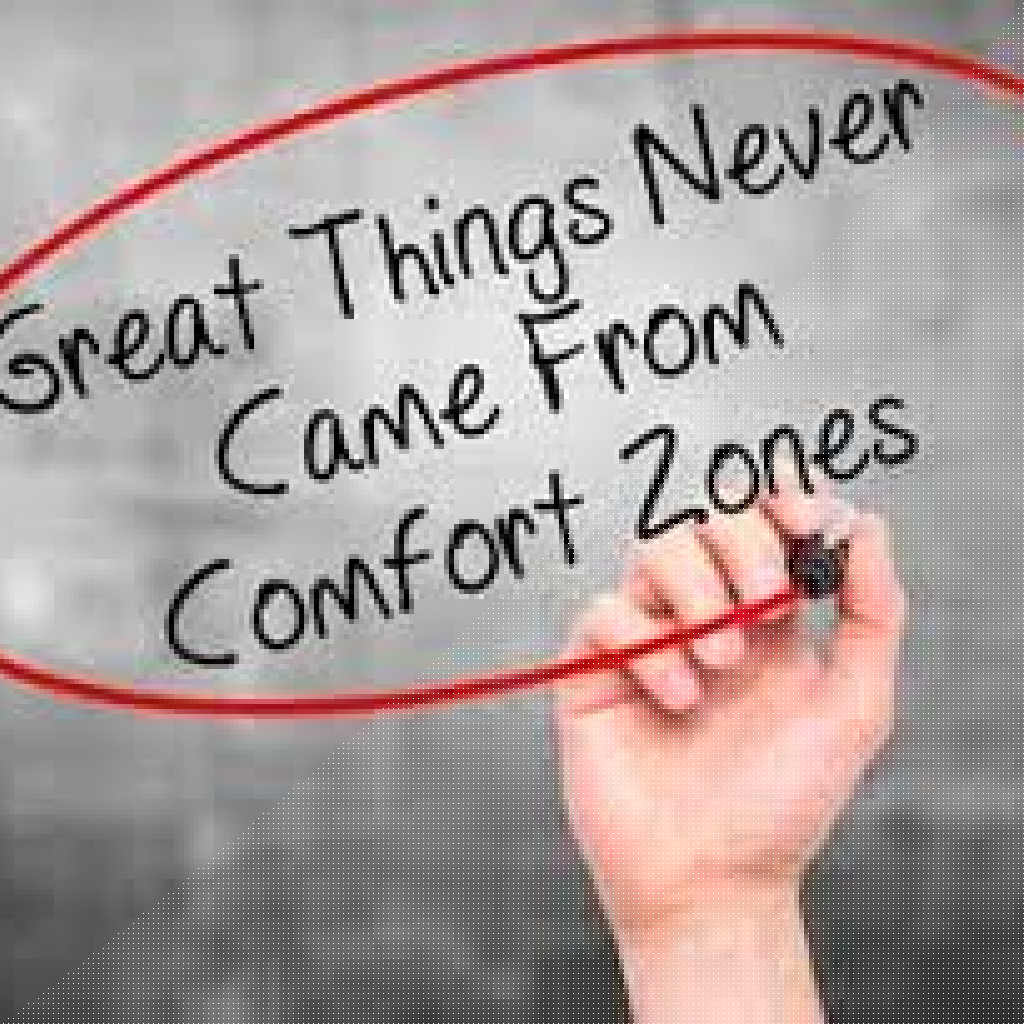The subject of gender equality in the workplace has received substantial attention, and several initiatives have been taken to solve gender inequality. Despite several initiatives, women earn far less than their male coworkers, participate at a low rate in the workforce, and hold fewer senior positions.
However, research has shown that a company with more female employees tends to be more productive than one where men predominate. This demonstrates the necessity of promoting gender equality in the workplace.
Here are five suggestions for closing the workplace gender gap:
1. When Recruiting, Give Women a Bit More Room
Particularly in male-dominated industries, gender injustices may be ingrained in informal hiring procedures. Recruiters should extend their informal shortlist to handle this.
According to research, the ratio of women to males increased from 1:6 on the original list to 1:4 on the extended one when researchers added three additional candidates to the initial shortlist of three.
2. Close the Payment Gap
The disparity between the average salaries earned by male and female employees is known as the gender pay gap. Women earned 81 cents for every US dollar men made in recent years. Even though this has increased over time – just 74 cents in 2015 – more effort is needed, mainly because women are less inclined to negotiate their pay than men.
Employers can ensure that women aren’t paid less than males for comparable jobs by being open and honest about salaries. Pay bands can motivate female job candidates and employees to bargain for higher pay by showing fair expectations for a given role.
3. Employing Skills-based Evaluations
It lessens the possibility of unfair bias; employers are encouraged to adopt skill-based assessments and organized interviews. Organizations can judge a candidate’s suitability based on how well they do when they ask them to complete tasks required of them in the position for which they are applying. These tasks must be standardized for all applicants in other to ensure fairness.
Additionally, structured interviews are advisable for recruiters, in which candidates are asked the same questions in a set format and order. Uniform criteria to evaluate the responses decrease the likelihood of unconscious bias.
4. Allow Women to Guide Men
Allowing women to mentor males is another method to advance gender equality at work. Employee career advancement can be significantly aided by mentoring in the workplace. It is commonly known that having mentors can help young businesswomen overcome the obstacles they encounter.
But mainly, allowing people to learn more about various working and leadership styles could benefit both parties and society. We could foster empathy, cooperation, and willingness to recognize each other as persons and work for everyone’s success if we encourage more women to mentor males.
5. Prioritize Work-life Balance
Both men and women can benefit from a better work-life balance. Become the first company to promote all of its openings with the alternatives of “part-time,” “job-share,” or “flexible working.” You will notice a skyrocketing rise in the number of female applicants.
In conclusion, women’s access to the workforce and gender equality significantly increase after having children. Shared parental leave laws and programs that allow working parents to split childcare costs fairly can help solve this problem.













